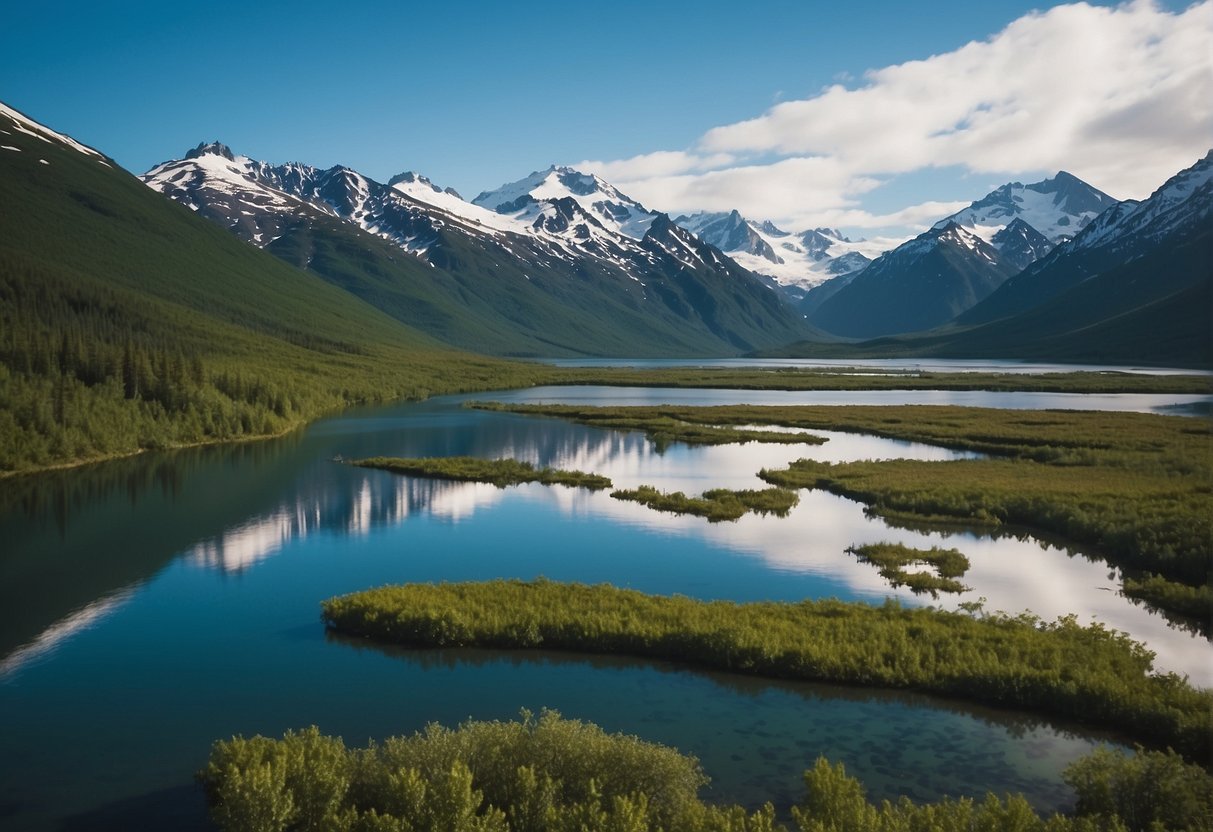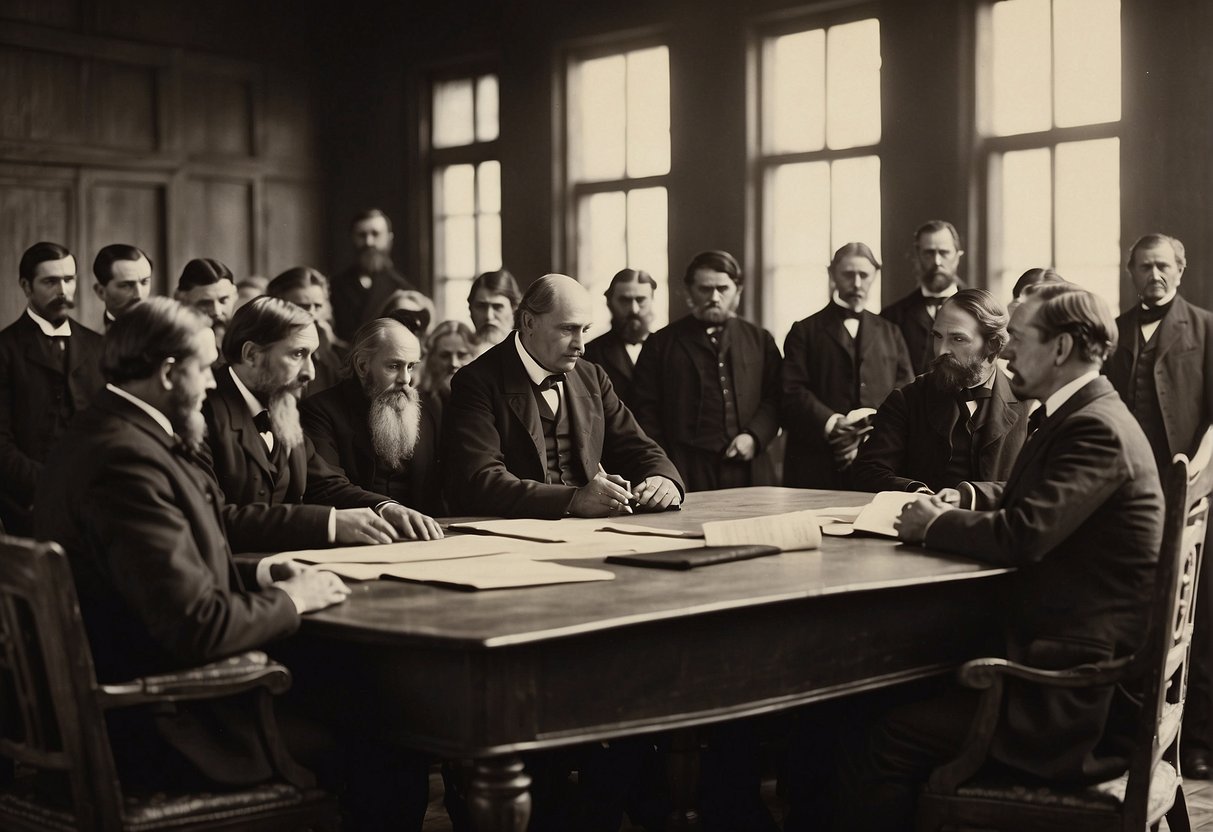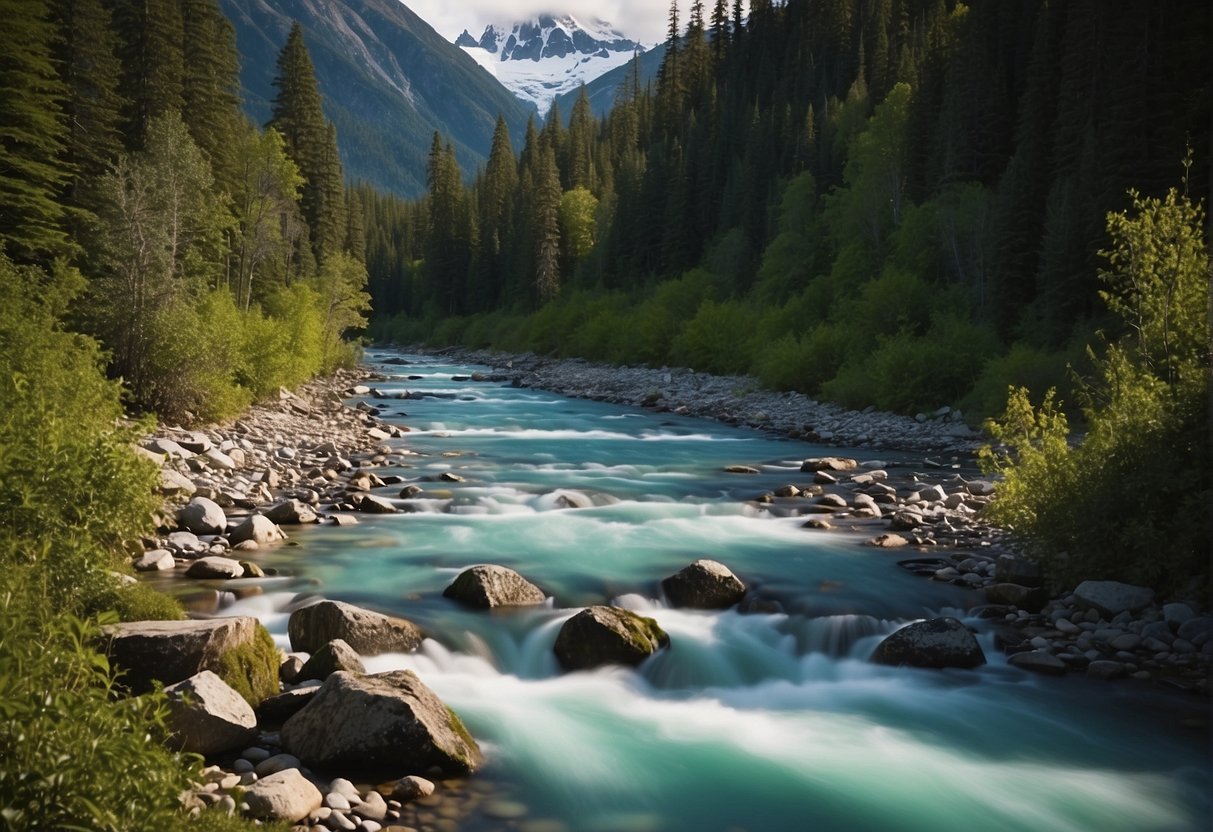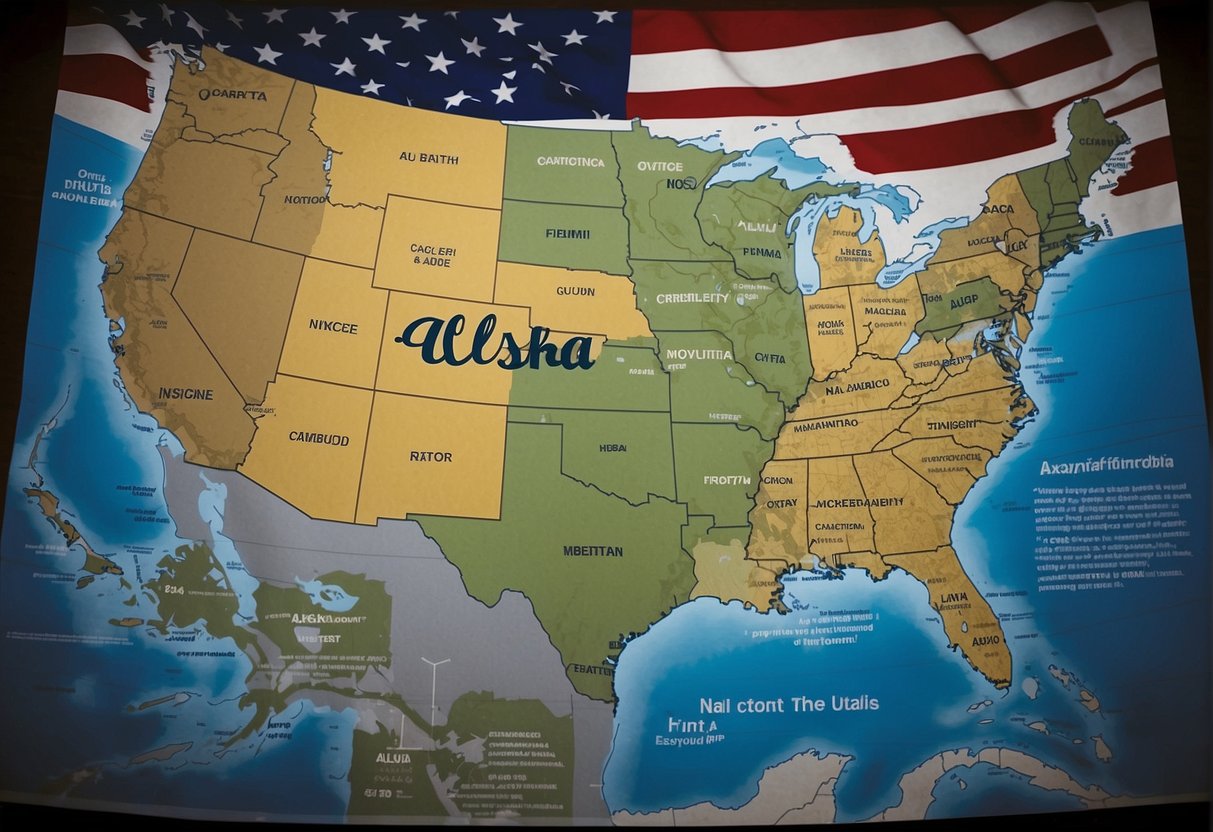Why Is Alaska Part of the US: A Brief History and Explanation
Alaska, the largest state in the United States, is located in the northwest corner of North America, bordering Canada to the east and Russia to the west. The state is known for its stunning natural beauty, vast wilderness, and abundant wildlife. But why is Alaska part of the United States, and not Canada or Russia?

In 1867, the United States purchased Alaska from Russia for $7.2 million, a deal known as the Alaska Purchase. At the time, Russia was facing financial difficulties and was eager to sell the territory. The United States saw the purchase as an opportunity to expand its territory and gain access to Alaska’s abundant natural resources, including gold, timber, and fish.
Despite some initial skepticism and criticism, the purchase of Alaska eventually proved to be a wise decision for the United States. In 1912, Alaska became a territory of the United States, and in 1959, it was granted statehood. Today, Alaska is an important part of the United States, both economically and culturally, and continues to be a popular destination for tourists from around the world.
Historical Context of Alaska’s Acquisition

Russian Exploration and Settlement
The history of Alaska’s acquisition by the United States dates back to the early 18th century when Russian explorers first arrived in the region. The Russians established a trading post on Kodiak Island in 1784 and began to expand their settlements throughout the region. They established a fur trade with the Aleut people and other indigenous groups, which helped to fuel their expansion.
The Alaska Purchase
In 1867, the United States purchased Alaska from Russia for $7.2 million, a price that many Americans at the time considered to be too high. The purchase was made by William Seward, the Secretary of State under President Andrew Johnson. The acquisition of Alaska was controversial at the time, and many Americans saw it as a waste of money.
Alaska’s Path to Statehood
After the purchase, Alaska was initially administered as a territory of the United States. It wasn’t until January 3, 1959, that Alaska was admitted as the 49th state of the Union. The path to statehood was a long one, and it was marked by a number of challenges, including the need to establish a stable economy and build infrastructure.
Despite the controversy surrounding its acquisition, Alaska has since become an important part of the United States. It is known for its natural beauty, abundant resources, and unique culture. Today, Alaska’s economy is based on a variety of industries, including oil and gas, fishing, and tourism.
Geographical and Cultural Significance

Alaska’s unique geographical location and cultural heritage make it an important part of the United States. This section will explore the strategic location and natural resources, indigenous peoples and cultural heritage, and economic development and modern challenges that make Alaska significant.
Strategic Location and Natural Resources
Alaska’s location at the northernmost point of North America makes it strategically important for the United States. It shares a border with Canada to the east and is separated from Russia by the Bering Strait to the west. The Aleutian Islands extend from the Alaska Peninsula towards Asia, marking the boundary between the Pacific and Arctic oceans. Alaska’s vast natural resources, including gold, oil, and wildlife, have also contributed to its strategic importance.
Indigenous Peoples and Cultural Heritage
Alaska is home to a rich and diverse indigenous population, including the Tlingit, Athabascan, Alutiiq, and Unangax peoples. These communities have a strong cultural heritage that has been shaped by the region’s harsh climate and rugged terrain. Alaska’s indigenous peoples have a deep connection to the land and its resources, and have played an important role in shaping the state’s history and culture.
Economic Development and Modern Challenges
Alaska’s economic development has been shaped by its natural resources, including gold, oil, and fur. The state has experienced significant growth in recent years, but also faces modern challenges such as climate change and conservation. The development of military bases during World War II and the discovery of oil at Prudhoe Bay in the 1960s have also contributed to Alaska’s economic growth.
Overall, Alaska’s unique geographical location and cultural heritage make it an important part of the United States. Its vast natural resources, indigenous peoples, and economic development have contributed to its significance both historically and in the modern era.
Frequently Asked Questions

What were the reasons behind the U.S. purchasing Alaska?
The United States purchased Alaska from Russia in 1867 for several reasons. One of the main reasons was to expand its territory and strengthen its position in the Pacific region. Additionally, the U.S. wanted to gain control of Alaska’s rich natural resources, including gold, timber, and fish.
How much did the U.S. pay for the acquisition of Alaska?
The U.S. paid $7.2 million for the acquisition of Alaska from Russia. This price equated to approximately two cents per acre, which was considered a bargain at the time.
What has been Russia’s perspective on the sale of Alaska after the fact?
Russia’s perspective on the sale of Alaska has changed over time. Initially, many Russians were critical of the sale, believing that it was a strategic blunder. However, over time, attitudes towards the sale have softened, and many Russians now view it as a pragmatic decision that allowed Russia to focus on its core territories.
What was the duration of Russian control over Alaska prior to its sale?
Russian control over Alaska began in 1741, when Russian explorer Vitus Bering first discovered the region. Russian control over Alaska continued until 1867, when the U.S. purchased the territory.
In what year was Alaska officially designated as a state of the U.S.?
Alaska was officially designated as a state of the U.S. on January 3, 1959. This followed a period of territorial status that lasted for over 90 years.
Who were the original inhabitants or controllers of Alaska before Russian ownership?
The original inhabitants of Alaska were various Native American tribes, including the Tlingit, Haida, and Yupik. These tribes had been living in the region for thousands of years before the arrival of Russian explorers. Prior to Russian ownership, Alaska was also briefly controlled by the Spanish.






